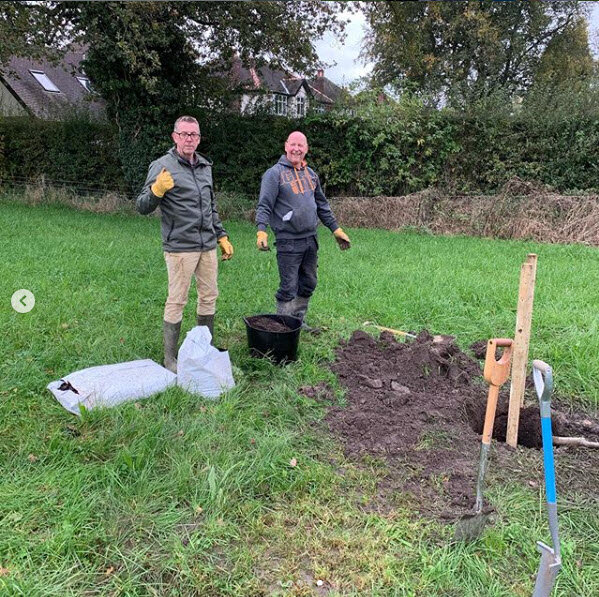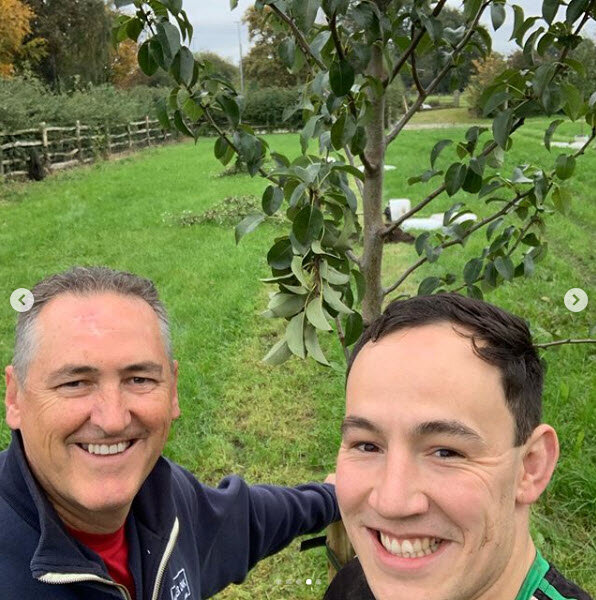This past week we’ve been planting our new orchard. The trees we bought are about 10 years old and a mixture between Pear, Apple, Cherry and Plums. We picked these fruits, not only for our benefit, but also for the chickens. When the trees start to drop fruit, we’ll let the chickens roam around and collect the fallen fruits, while also fertilising the soil to help the trees.
We’ve recently also had 4 bee hives brought to our farm by a local man who loves the bee-keeping process. Having the bees around will be a bonus for our fruit trees next summer! We tried this year to grow Pumpkins, which relies on the pollination of the flowers to create the fruits. We were mildly successful with 9 fully grown pumpkins just in time for Halloween, but having the bees around for next year will be a massive bonus!
















